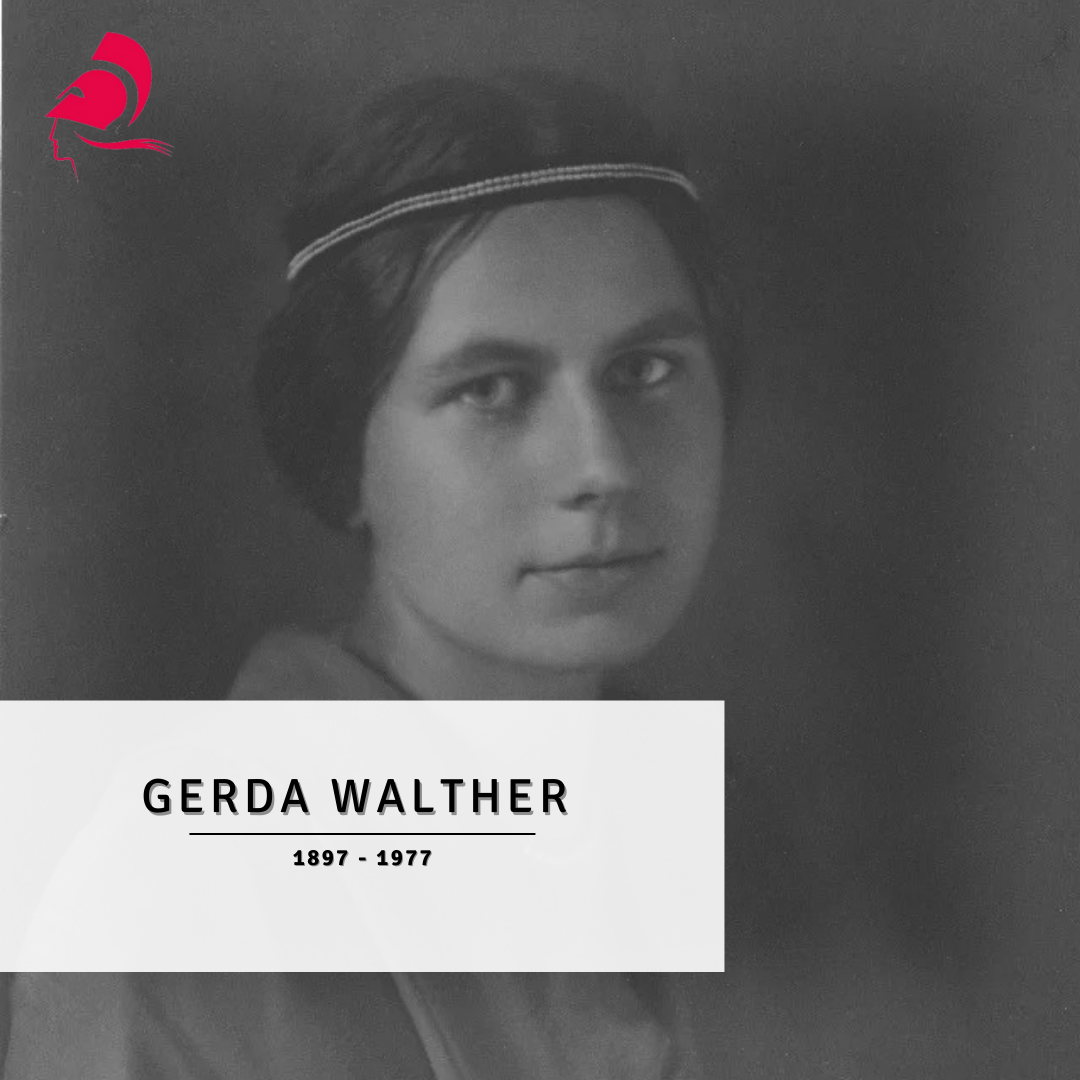A history in half.
We need the legacy of women philosophers.

“Even though for every single member of the community, experiences are emerging from the community-self and his ownmost I-self and their experiential sources, which experiences are felt to be original to him, these experiences are in part shaped and conditioned by the common source of experience, external and internal to him, re-entering it in turn, thereby changing and re-creating the source, his own and that of others.”
– Gerda Walther: “Zur Ontologie der sozialen Gemeinschaften”, in: Jahrbuch für Philosophie und phänomenologische Forschung 6, 87 (translation by Daniel Neumann)
The picture we have of the early phenomenological movement is based primarily on the surviving letters of a handful of friends – the so-called Bergzaberner Kreis. But this represents only a fraction of the members of the Göttingen, Munich, and Freiburg Circles – we know that the movement was much larger than this. In the Husserl-Chronik, the Nachlässe der Münchener Phänomenologen, the autobiographies of Edith Stein and Gerda Walther, and other sources, we find long lists of names of other students who participated in seminars, wrote dissertations, or were otherwise engaged in the phenomenological movement.
To map the complex intersections of the lives and works of early women phenomenologists, the timeline project of the Center for the History of Women Philosophers and Scientists makes biographical data easily accessible, providing scholars working on early women phenomenologists with extensive historical data.
Our timeline comprises the life data, events and publications of the three women phenomenologists: Edith Stein, Hedwig Conrad-Martius, and Gerda Walther.

You cannot copy content of this page








